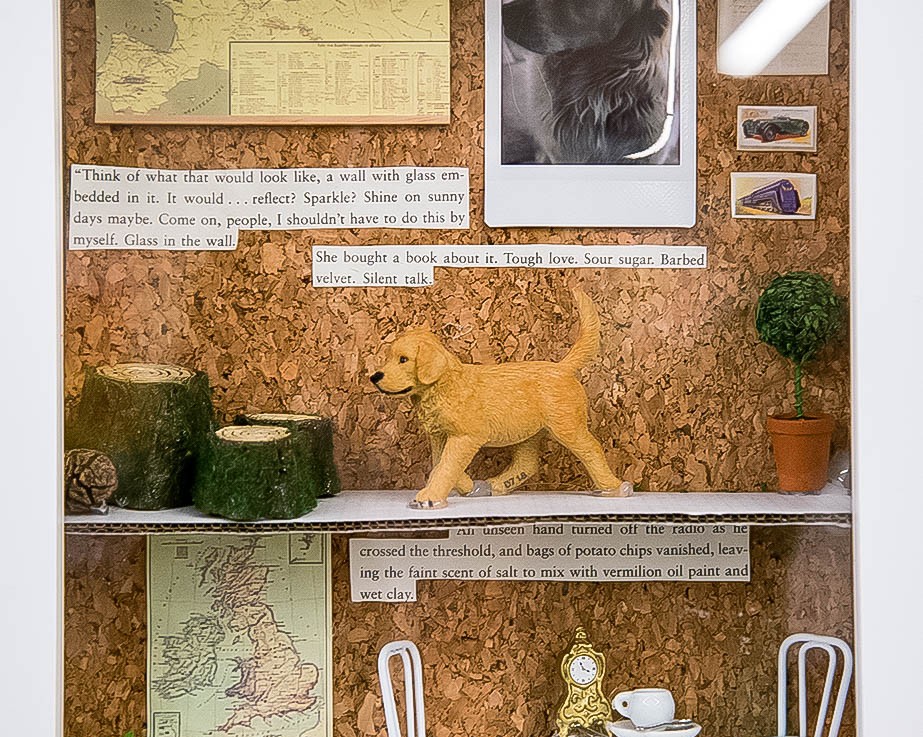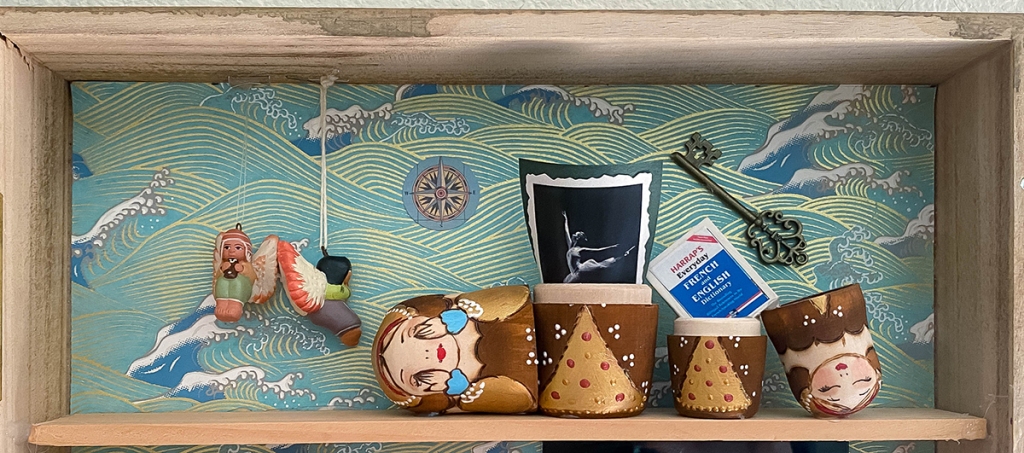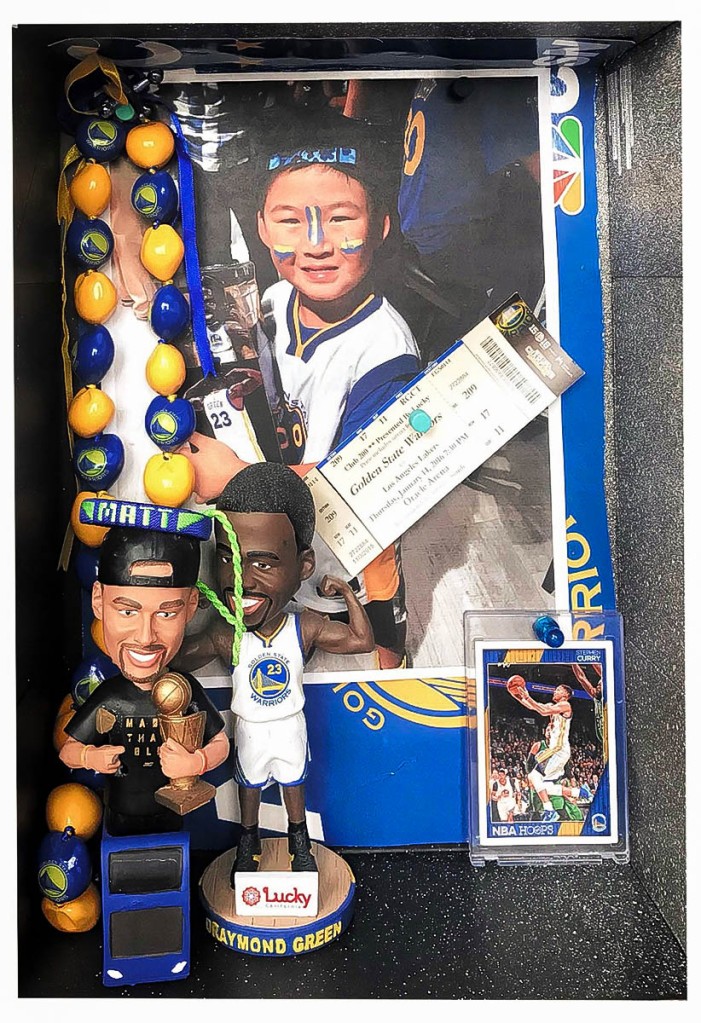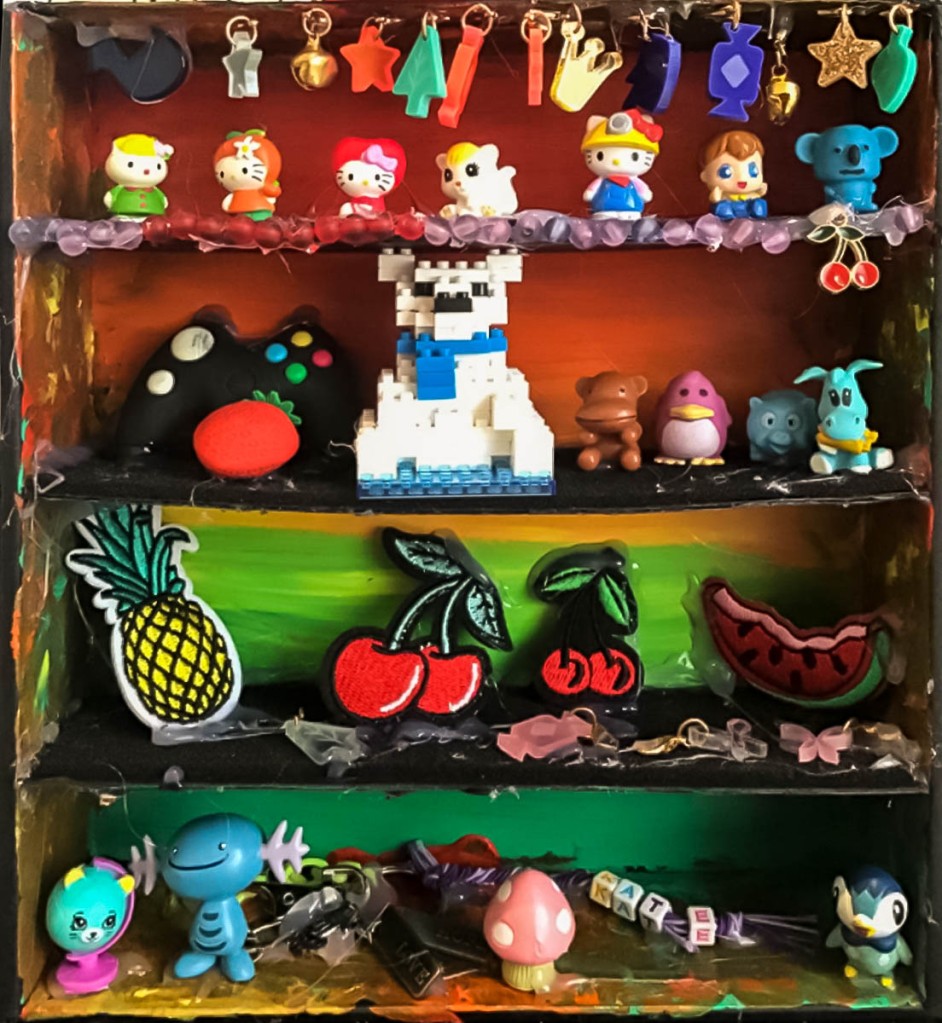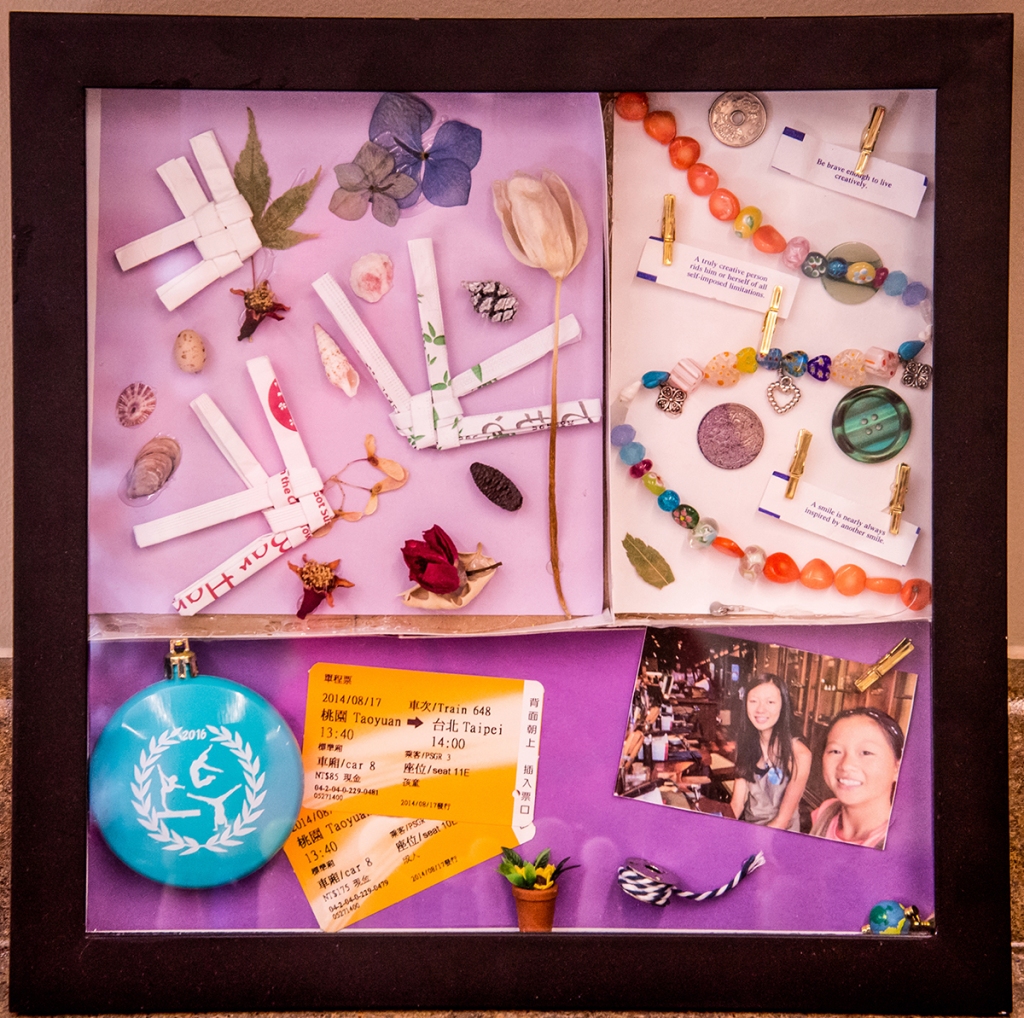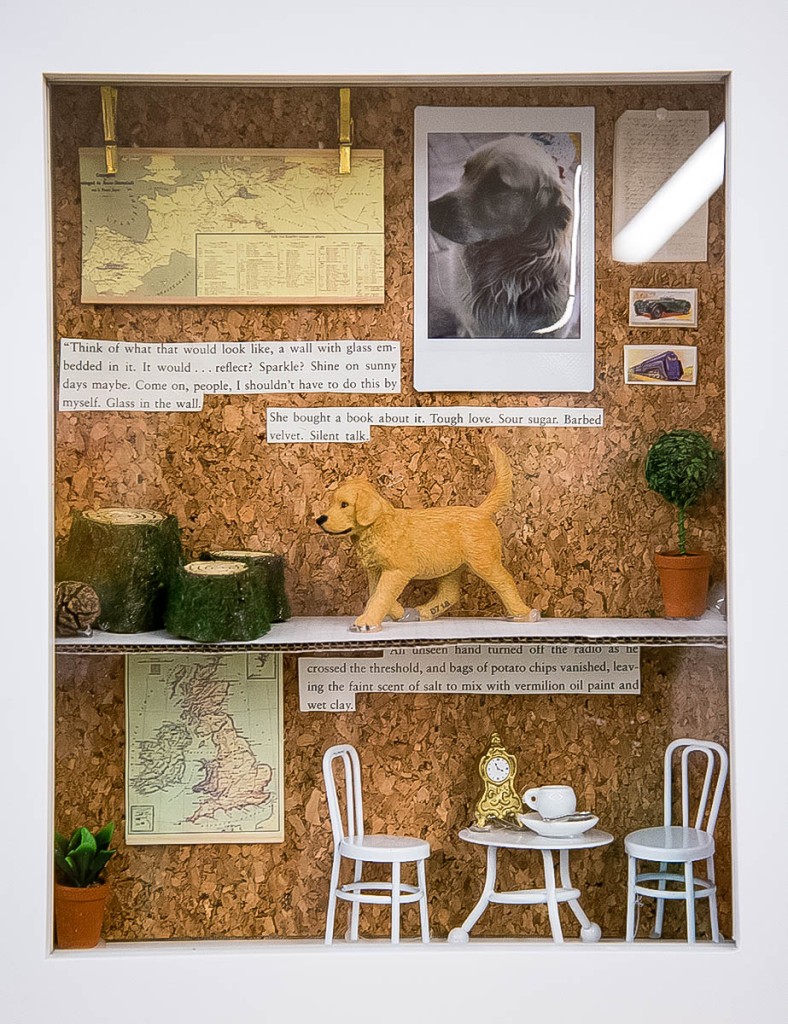Description of the Unit – Students will observe and discuss Joseph Cornell’s memory boxes, and, gathering their own personal objects, found objects and other materials, students will thoughtfully create their own memory boxes.

Activity statement – Ever since I was a kid, I have loved to collect all sorts of objects, including marbles, seashells, and tiny Catrinas (think Día de los Muertos), and foreign coins, just to name a few objects. I was fascinated by the beauty of the objects, both individually and together. I have also harbored a lifelong fascination with the stories objects tell (another favorite pastime: gazing at the decorative objects in people’s homes). So, it was no surprise that when I first learned about and viewed artist Joseph Cornell’s magical shadow boxes (which he called “memory boxes” and, my favorite, “poetic theaters”) I became instantly enamored with these artful curios.
Joseph Cornell was also a collector of objects, and many years ago I watched a documentary (which I wish I could cite but can no longer find) that stated Cornell’s first boxes featured his own collected objects, which he arranged in a deliberate assemblage style to evoke a mood, a sense of passing time, and a feeling of nostalgia. This is, of course, simplifying Cornell’s work and approach, and there is so much more to this, including the influence of Dadaism at the time Cornell first began working on these assemblages. For the purposes of the blog I am omitting all of this but I highly encourage looking into the historical context surrounding Cornell and his art, as it is compelling.
According to the Art Story’s page on Joseph Cornell (https://www.theartstory.org/artist/cornell-joseph/), later boxes were carefully composed of found objects Cornell gathered from magazines and thrift shops. He would arrange these into miniature tableaus that could contain deep personal meaning or depict universal symbols and themes. All are captivating to look at, inviting the viewer to enter a dreamy landscape in which these objects play with the imagination à la Alice in Wonderland.
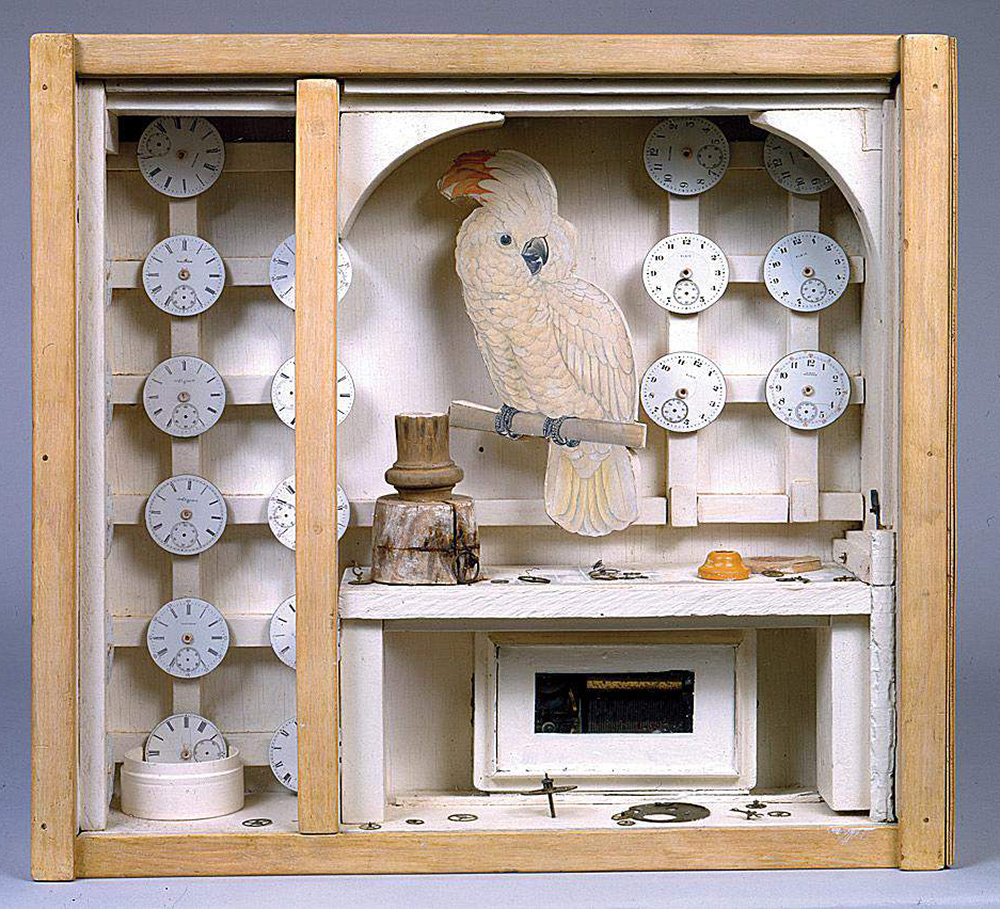
Of course, once immersed in Joseph Cornell’s world of memory boxes and poetic theaters, I started looking at objects in a fresh way, and I would wonder at what objects I would gather for my own shadow box, and how would I arrange them? What story would I tell with these objects? Slowly ideas started to form, and finally I completed my own box, consisting of objects and memorabilia I already owned, to tell a story about my life. The only things I bought were the materials to make my own box, which I did, rather crudely, too, I might add, ha.

After my own experience creating a memory box, I absolutely wanted my middle school students to have this experience as well. Via experiencing Cornell’s work I wanted them to look at objects through their symbolic and storytelling qualities, and I wanted them to enjoy the process of ‘hunting for objects’ in their own home—like a sort of easter egg hunt, if you will. Also, I was super curious to see what they would come up with. I know that if I had been presented with this art lesson as a middle school student, I would have been all over this.
I was right, my students were just as intrigued by Cornell’s boxes as I was and were excited to work on creating their own. As we observed and discussed Cornell’s poetic theaters, it was interesting to listen to what my students imagined were the stories, or messages each assemblage was conveying. We talked about how our own personal experience affects how we see a work of art, and how this translates to how art, once in public view, no longer belongs solely to the artist, but to the viewers as well. I love when art created decades ago can connect with students in such a way that it feels vibrant and relevant to them.
I gave my students one whole week to look for the objects they wanted to include in their boxes. I asked them to think about items that when assembled say something about themselves or about the world. Meanwhile, I went to the East Bay Depot for Reuse in Oakland, California, to find materials that could be assembled into window boxes, for those students who did not want to buy a pre-made box. I couldn’t take photos of al the boxes, unfortunately, as many were too excited to take them home immediately, but I did capture some. They are below.
Goals – Students should…
Understand:
- How seemingly ordinary, everyday objects can be transformed into art.
- How objects can be symbols for another object, concept or feeling. A seashell can be a symbol for the sea, or for infinity, for example.
Know:
- The meaning of the word assemblage.
- The meaning of the word symbolism.
- A little about Joseph Cornell and his work.
Be able to:
- Find objects that can be used as symbols for something else (for example, a toy dog in one of the boxes below symbolizes one student’s own pet).
- Complete one carefully composed memory box.
Resources and materials –
- If ready-made window or shadow boxes are not available, as was sometimes the case in our class, many recycled objects can stand in for such a box, such as shoeboxes, delivery boxes, product boxes. Likewise, one can get very creative with what to use as panels and stands within the box.
- The objects students use should include some personal objects, while also using other found objects and collage materials that are connected in some meaningful way.
- Hot glue
- Staplers
- Glue sticks
Questions –
(While observing a variety of Cornell’s memory boxes)
- What do you notice?
- What do you notice about how these objects have been arranged? Why do you think they have been placed in this way?
- Is there a message, or story being told here? What is your interpretation?
- What does this feel like to you?
- Is this artwork appealing to you? Why or why not?
(While thinking about objects and their meaning in general)
- Do you collect objects? Which ones and why?
- Do you think objects can tell a story about a particular person?
- Can objects, if arranged a certain way, give us an important message?
- What kinds of objects do you find beautiful? Why?
- What do you think the term assemblage means?
Evaluation – Did students:
- Understand how found objects can be used in an artistic assemblage
- The meaning of the words assemblage and symbolism.
- Thoughtfully choose and arrange objects in a memory box?
Informal:
- Student questions
- Group discussions
- Oral responses to essential questions
- Elaboration and risk-taking
